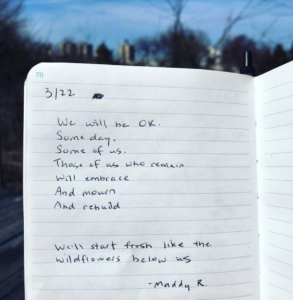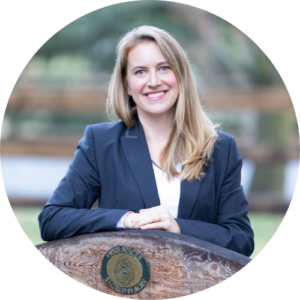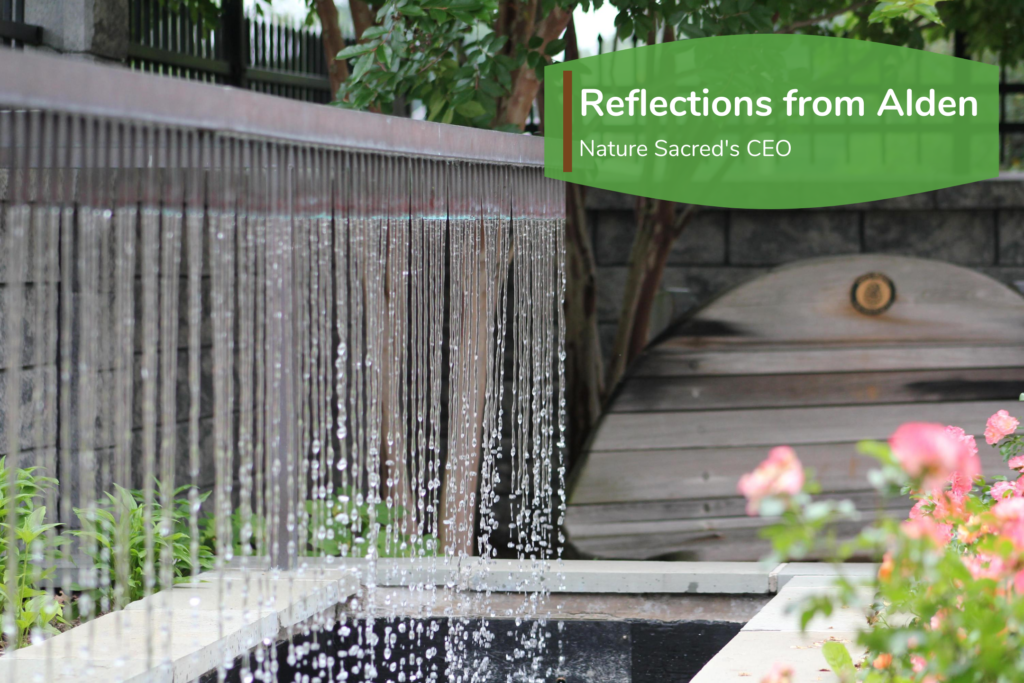When the new year began just over six months — seemingly a lifetime — ago, little did we know that we soon would face challenges unlike any we have seen in our generation. But neither did we know that we would likewise see such gripping instances of strength, hope and inspiration.
First came COVID-19, taking lives, driving us into social isolation and closing down huge swaths of the economy. And while throughout this time, much of the conversation around the pandemic has focused on ventilator shortages, hospital capacity and surging numbers of diagnoses — an encouraging amount of attention has also been given to the importance of nature. However, while in lockdown, the extent and depth of existing inequities of access to nature became more blatantly obvious. There seemed to be a clarion call that nature is a necessity.
 Here at Nature Sacred, where we understand and tirelessly promote nature as essential to individual and community health, we launched into action. We created digital programming to provide the public with a means to continue to experience nature, even when physically separated from the outdoors. We reached out to our community of Firesouls to see how we could help. We dialed up support for them and the Sacred Places they steward during these challenging times.
Here at Nature Sacred, where we understand and tirelessly promote nature as essential to individual and community health, we launched into action. We created digital programming to provide the public with a means to continue to experience nature, even when physically separated from the outdoors. We reached out to our community of Firesouls to see how we could help. We dialed up support for them and the Sacred Places they steward during these challenging times.
Then when news of new violence and injustices toward the Black community broke, some of which were in nature, we took time out to reflect, to look both inward and outward. This led us to a statement about our commitment to racial and social justice, including new, concrete measures to work actively and intentionally toward a more equitable society.
During both pandemics – COVID and racial injustice – we witnessed our Firesouls rise to the challenge of serving their communities and providing nature as a source of respite and an agent of change. Through enrichment grants from Nature Sacred, our Firesouls have provided their communities with virtual at-home or socially distant onsite programmatic opportunities, such as healing art classes, Children’s Art & Nature Stories, bilingual yoga sessions, sound baths, and more. Several of our Sacred Places served as food ministry and relief sites for communities experiencing the economic burdens of this pandemic. Others have been the site of peaceful gatherings and demonstrations showing support for the Black Lives Matter movement and recognition of the need for safe greenspaces for BIPOC individuals and communities. This leadership and civic participation of community healing – in nature – is nothing short of inspiring.
As we read the journal entries from visitors written throughout these two converging crises, we acknowledge the challenges, and yet are filled with hope – hope for a better day, hope for humanity.
Together, we are on our way.
-Alden
astoner@naturesacred.org


